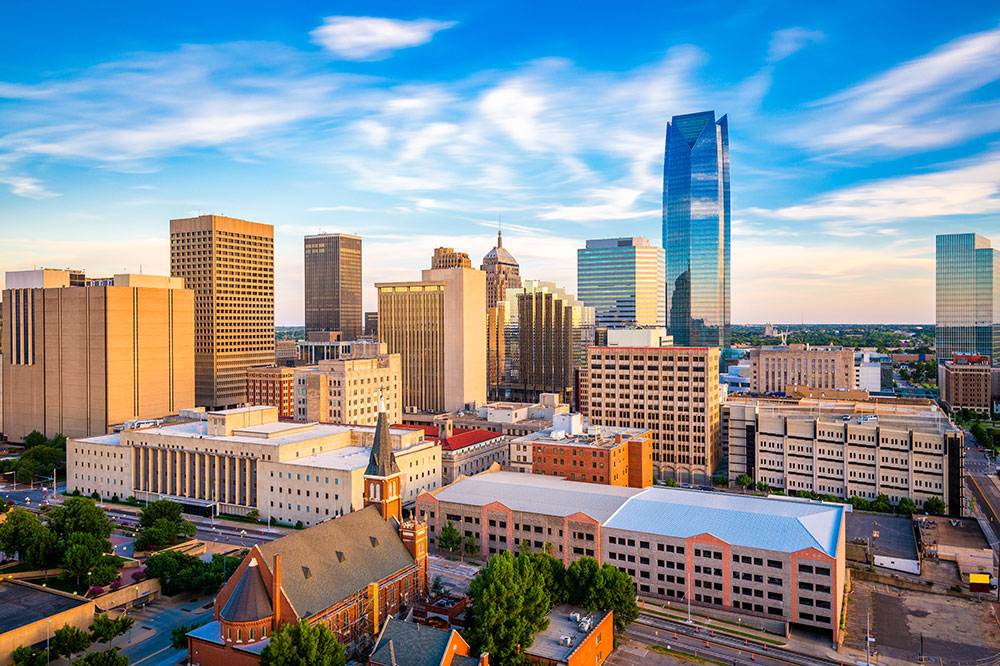20 worst cities for asthma sufferers

Around 25 million people in the country suffer from asthma, and it’s the leading chronic disease in children. While this condition cannot be cured, it can be managed by treating the symptoms and taking steps to prevent the triggers, risk factors, and causes of asthma attacks. Herein, we list 20 cities that have been named as the worst places for asthma patients, and 18 of these cities are on the East Coast.
20 cities with the highest asthma cases
1. Allentown, PA
2. Baltimore, MD
3. Richmond, VA
4. Milwaukee, WI
5. New Haven, CT
6. Cleveland, OH
7. Philadelphia, PA
8. Dayton, OH
9. Oklahoma City, OK
10. Tucson, AZ
11. Worcester, MA
12. Springfield, MA
13. Columbus, OH
14. Birmingham, AL
15. Detroit, MI
16. Louisville, KY
17. Hartford, CT
18. Boston, MA
19. Fresno, CA
20. Greensboro, NC
The Asthma and Allergy Foundation of America (AAFA), has listed a number of risk factors and causes that have driven these 20 cities to have the highest rate of asthma. These factors and causes are
Poverty
People in lower-income groups are more prone to having poor housing quality, polluted location (near highways), and inaccessibility to quality treatment, and they would consequently be more prone to being affected by asthma.
Lack of health insurance
Healthcare, treatment, and medicines can be considerably expensive, and patients who are below the state’s poverty line cannot afford to manage such a costly illness. Having insurance does help, but that too can be a big expense for them to incur.
Air pollution
Any inhalable foreign object that irritates the lungs and airways is deemed pollution. Typically, the air in a city might have a mixture of gases, smoke, smog, and traffic-related irritants. Urban smog is one of the most common pollutants as there are more vehicles.
Pollen
This microscopic substance is one of the most common triggers for asthma. The warm season causes flowers to increase the amount of pollen they produce, causing people to suffer from seasonal allergic reactions.
Smoking laws
Smokers as well as those who have to endure secondhand smoke are vulnerable to asthma. Some cities that feature on the list above are located in states with extremely lax smoke-free policies. Unlike these places, many other cities have public health initiatives to protect their residents from tobacco smoke.
Access to specialists
Having access to a specialist is important for the management of asthma. And sometimes, the socio-economic status of people prevents them from having this access. Living in areas where there aren’t many specialized doctors can force people to travel farther for the care they need, resulting in a severe depletion of financial resources and time.
The cities mentioned on the list above have a combination of causes and risk factors at varying degrees:
In the Northeast Mid-Atlantic Belt—Allentown, PA; Baltimore, MD; Richmond, VA; New Haven, CT; Philadelphia, PA; Worcester, MA; Springfield, MA; Hartford, CT; Boston, MA; Greensboro, NC—poverty, air pollution and access to specialists are major causes.
In the Ohio Valley Belt—Cleveland, Dayton, and Columbus, OH; Detroit, MI; Louisville, KY—poverty and pollution once again play a part.
In the West—Tucson, AZ and Fresno, CA—suburban sprawl, fire suppression, climate change, pollen, and poor air quality contributed to asthma attacks.